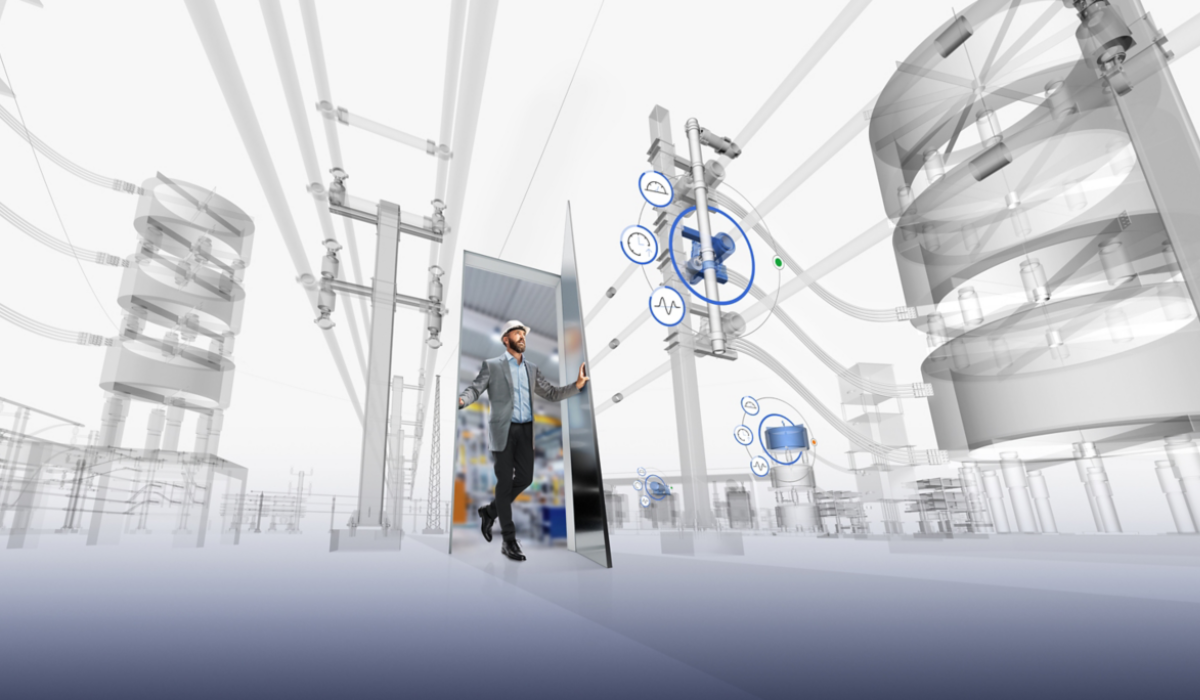What is Scan to BIM and why is it transforming construction?
Introduction: Transforming Construction with Technology
The construction industry is in an era of constant technological evolution. One of the most prominent advances is Scan to BIM, a tool that is redefining how construction and renovation projects are designed, planned, and managed. This process combines 3D laser scanning with Building Information Modeling (BIM), allowing for the creation of accurate digital models based on real data.
What is Scan to BIM?
Scan to BIM is a process that converts three-dimensional data obtained from laser scanners into usable digital models on BIM platforms. This approach is key for capturing the geometry and real conditions of existing buildings or projects under construction.
The process begins with laser scanning, which generates a point cloud—a dataset that represents the dimensions and characteristics of a physical space. This cloud is then processed and transformed into a BIM model, where additional details, such as mechanical, electrical, and structural systems, can be incorporated.
Key Advantages of Scan to BIM
- Extreme Precision
Laser scanning allows for data capture with an unmatched level of detail compared to traditional methods. This reduces errors in the design and construction phases, minimizing costly rework. - Cost and Time Optimization
Scan to BIM accelerates information gathering and design processes. It also allows for identifying discrepancies between the initial design and the physical reality, preventing errors in later stages. - Better Collaboration
By working on a common digital model, architects, engineers, and contractors have access to an accurate representation of the project. This fosters efficient communication and coordination among teams. - “As-Built” Model Updates
The resulting model can reflect the “as-built” conditions, facilitating future renovations and ongoing building maintenance. - Sustainability and Energy Efficiency
Scan to BIM enables simulations to optimize resource use and improve the energy performance of buildings.
Applications in Construction

The impact of Scan to BIM extends across various areas of construction:
- Building Renovation: Essential for restoration projects, where precision in initial surveys is crucial. edificio.
- Public Infrastructure: In bridges, tunnels, and roads, it provides a detailed view of existing structures for planning improvements.
- Facility Management: Facilitates asset monitoring and long-term maintenance.
Challenges and Considerations
While revolutionary, Scan to BIM also faces challenges:
- Staff Training: It requires teams to learn how to handle advanced tools and interpret the data generated.
- Massive Data Management: The point cloud generates enormous amounts of data that must be processed and stored efficiently.
The Future of Scan to BIM
The advancement of Scan to BIM is closely tied to emerging technologies like artificial intelligence and augmented reality. These tools promise to integrate real-time data and offer even more advanced simulation capabilities.
Additionally, the adoption of international standards is expected to improve interoperability between platforms, making Scan to BIM more accessible and efficient.
Conclusion
Scan to BIM is transforming construction by offering a more precise, efficient, and sustainable approach to project design and management. By integrating physical reality with detailed digital models, this technology not only improves project planning and execution but also sets a new standard for the industry.
Investing in Scan to BIM is investing in the future of construction, where technological innovation guarantees safer, faster, and more cost-effective projects.
JOIN THE NEW REALITY!



